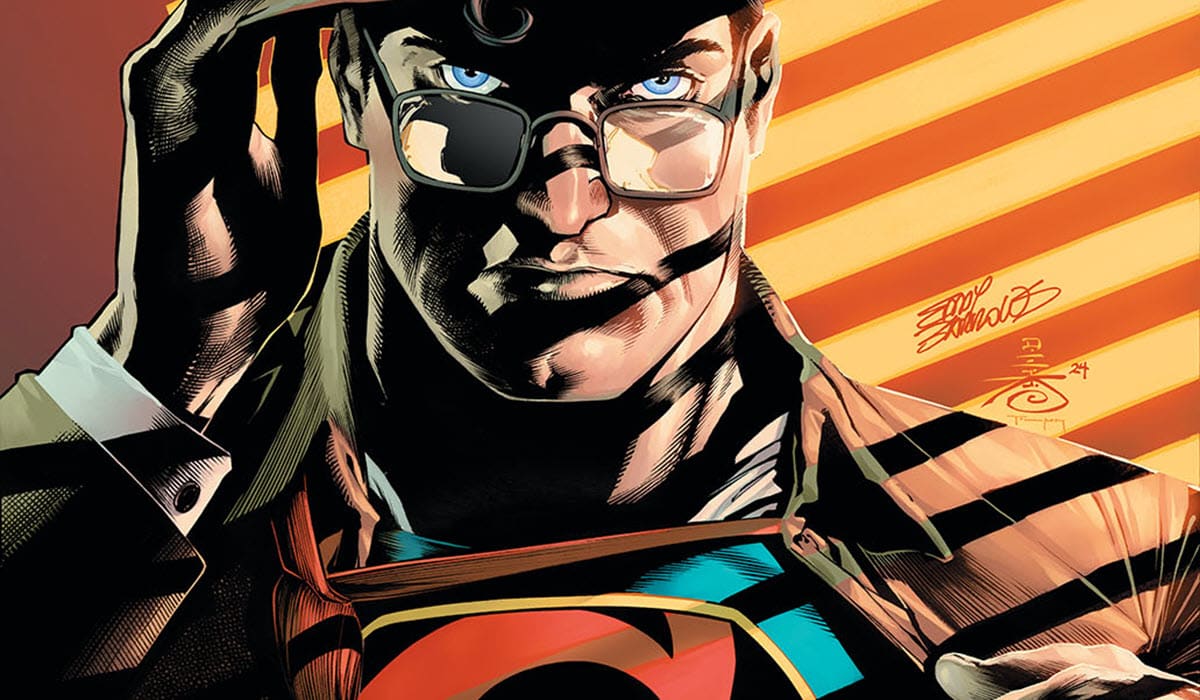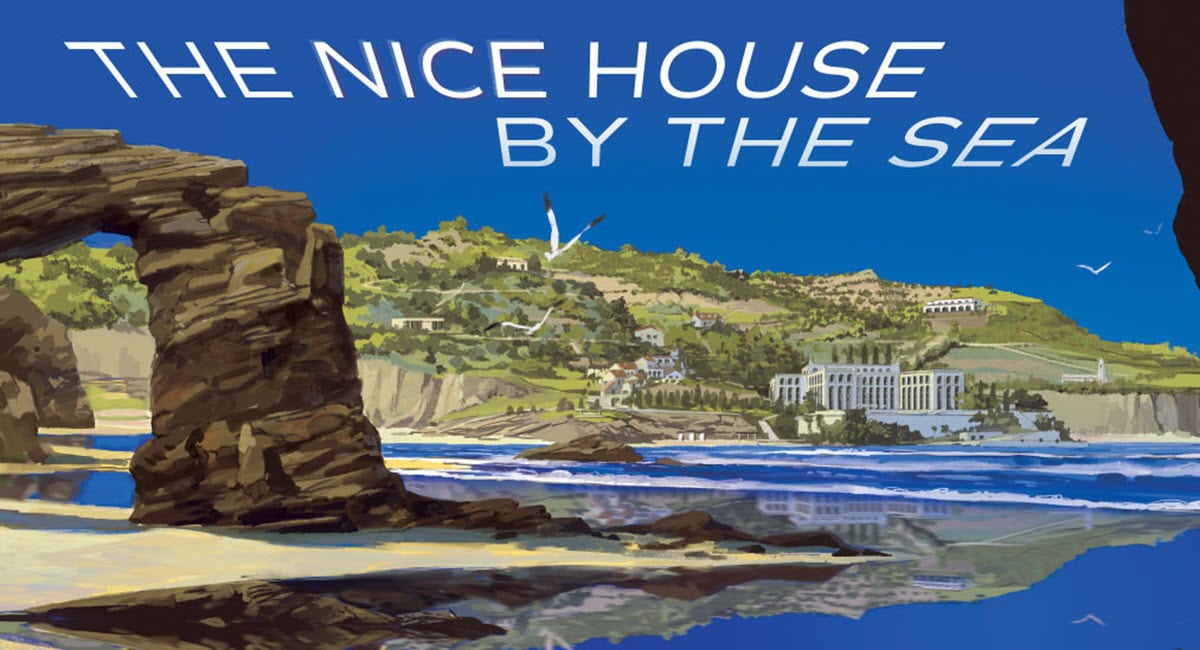In June 2016, DC Comics kicked off the start of its Rebirth initiative. After a wave of criticism surrounding the way they have treated their characters’ rich histories since 2011’s New 52 relaunch, DC has decided to rebrand. They hope that by restoring their characters’ pasts, they will restore readers’ faith in them as well. Do they succeed? That’s what the Comics Beat managing editor Alex Lu and entertainment editor Kyle Pinion are here to discuss. Book by book. Panel by panel.
Note: the reviews below contain **spoilers**. If you want a quick, spoiler-free buy/pass recommendation on the comics in question, check out the bottom of the article for our final verdict.
 Wonder Woman #25
Wonder Woman #25
Writer: Greg Rucka
Artists: Liam Sharp and Bilquis Evely
Colorist: Romulo Fajardo Jr.
Letter: Jodi Wynne
Let’s pull out the way-back machine for a minute and give you a sense of where I was about a year ago. I’ve always been a fan of Wonder Woman, in concept, if maybe not the biggest fan of many of the runs that seem to dramatically misunderstand the character. Outside of the Marston-Peter classics, the amount of Wonder Woman comics I’ve truly loved (Perez, Jimenez, and the first Rucka run being the sum total, give or take that wonderful Busiek-Robbins mini) are relatively few. There are reasons I’ve disregarded other takes, but I’d be here all day trying to tell you why the majority of 90’s Wonder Woman issues were not to my taste. I probably just have a very narrow view of what the character should be – steeped in feminist ideals, loving submission, and Greek myth. Those three Post-Crisis runs were, warts and all, a solid encapsulation of how one could modernize the Marston ethos for a new age. But the ironic thing is, once the New 52 rolled around, I ended up loving that take in spite of myself.
I recognize the core issues inherent within the Azzarello and Chiang era, particularly its take on the Amazons themselves: the change in Diana’s conception flies in the face of the idea that she was the product, even from birth, of a society without men. And of course the fact that Diana only occasionally stars in her own comic is a huge issue. Beyond those glaring flaws though, I thought it was a rip-roaring fantasy tale that represented a sort of Vertigo-ized take on the character and her environment. Sure, it was maybe Wonder Woman in name only to some degree, but it was one of the few New 52 titles that felt like it embraced the spirit of reinvention promised ahead of that relaunch (the other being Morrison’s Action Comics, in a less structurally sound fashion). Cliff Chiang’s impeccable design work didn’t hurt either. But when DC announced the Rebirth relaunch with Greg Rucka, Liam Sharp, and Nicola Scott that would re-frame everything we learned in the previous volume as a “lie”, I was torn. On one hand, I love Rucka’s originalist bent on the character; on the other, I grew rather fond of at least the trappings that surrounded that version of Diana.
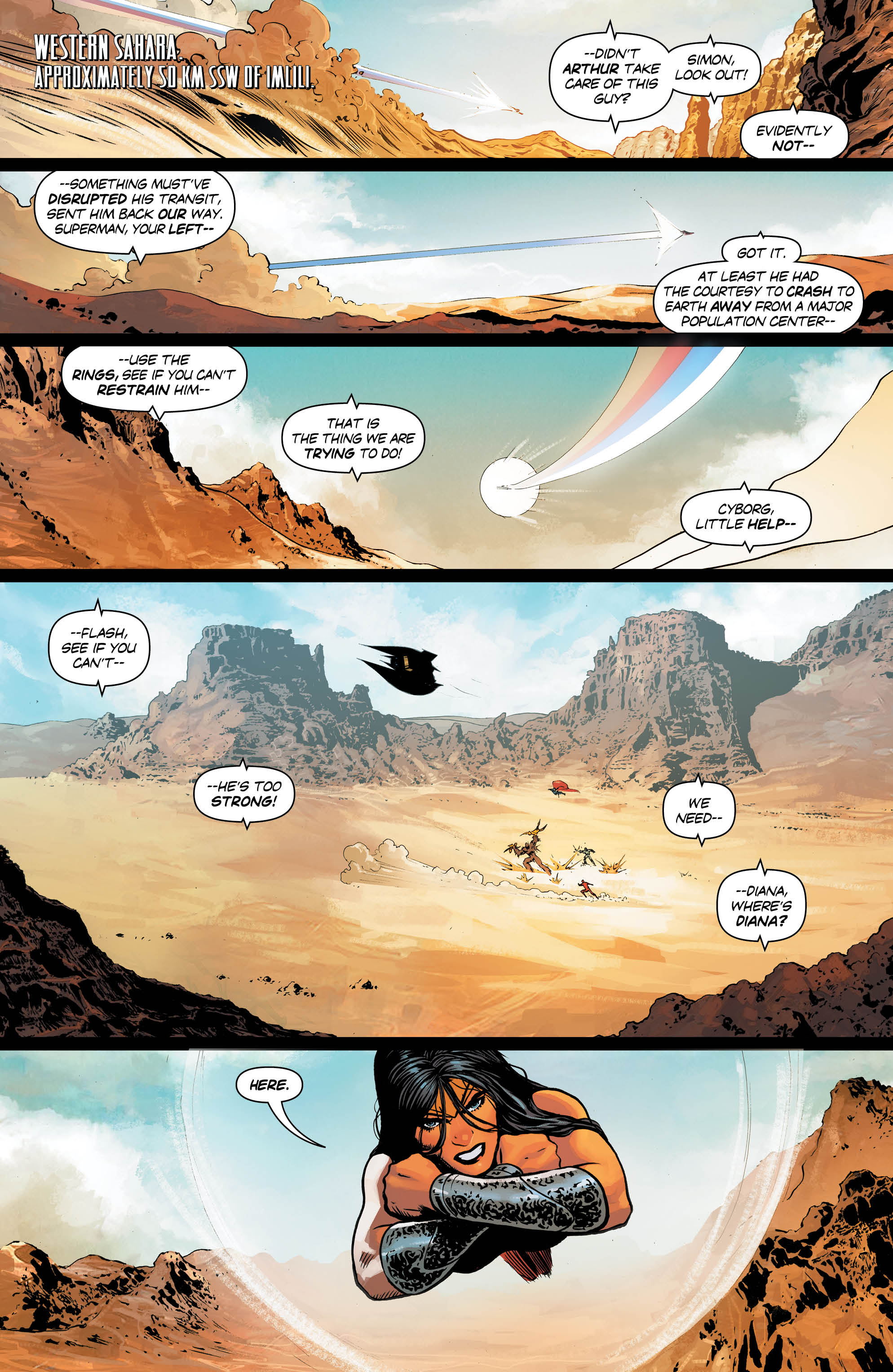
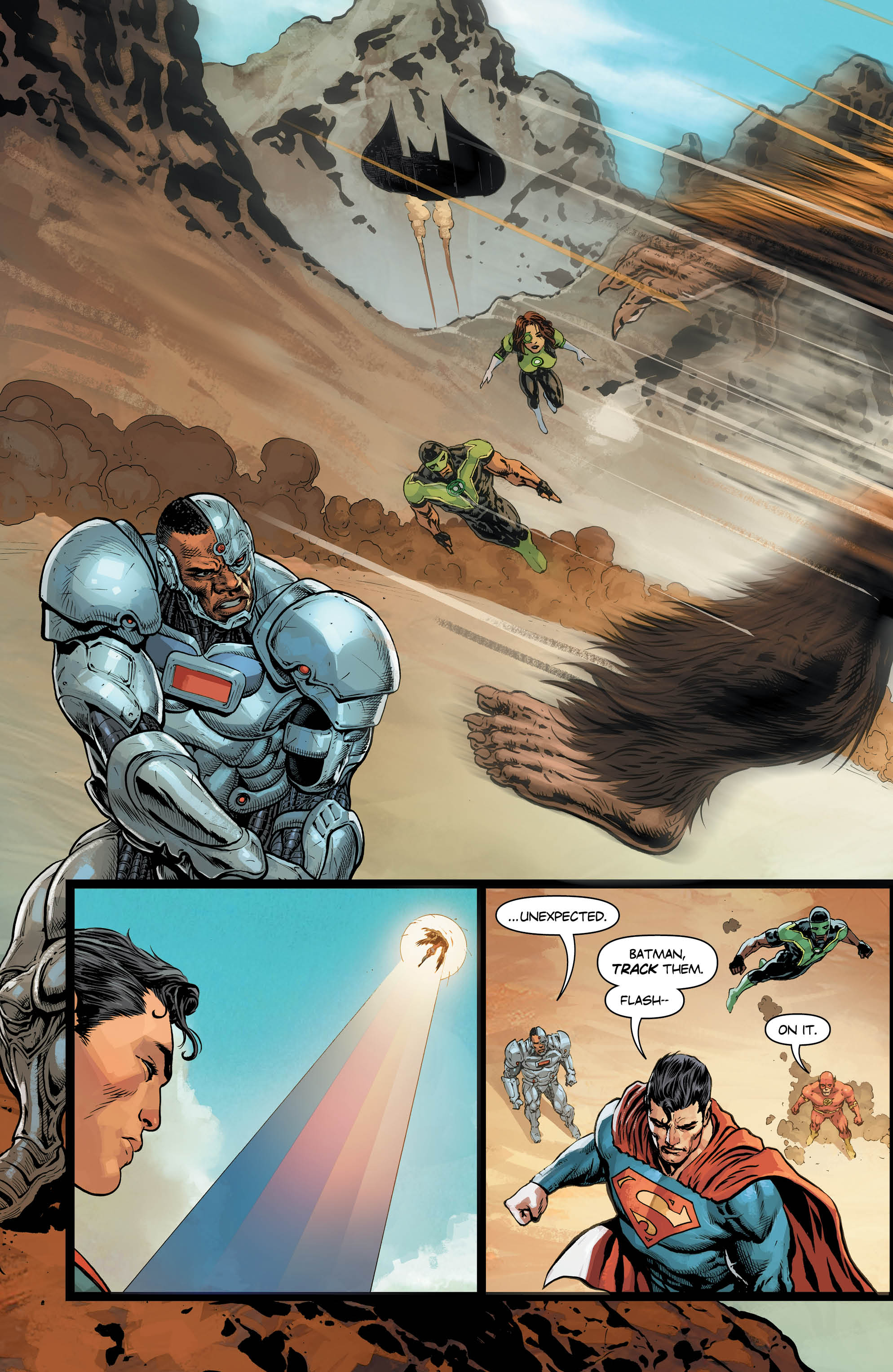
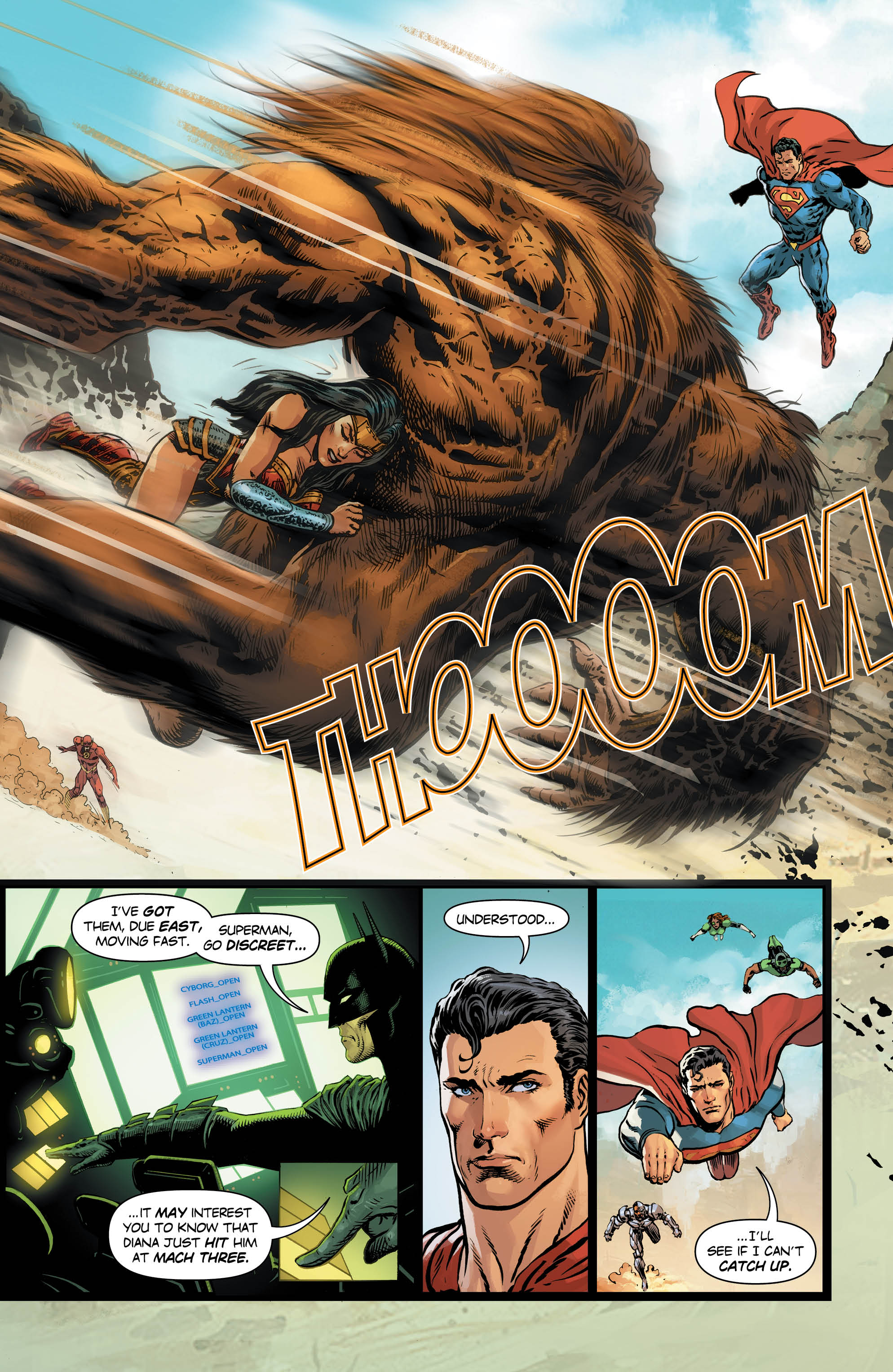
Some may see this as the creative team skirting the details a bit, and as someone who is very continuity-minded, I can empathize with that criticism. But in the end, what does it really matter? This is the version of Wonder Woman we have now, and the one that best reflects her core tenants. I believe one can still enjoy what came before while recognizing that the character is best reflected in another form. And I think there’s something highly emblematic of Diana re-receiving the Golden Perfect just as she finally realizes that her perfection has been restored and her loving, compassionate nature has returned to the forefront.
Heck, Steve even finally got rid of that hideous goatee. All is really right with this tiny corner of the world.
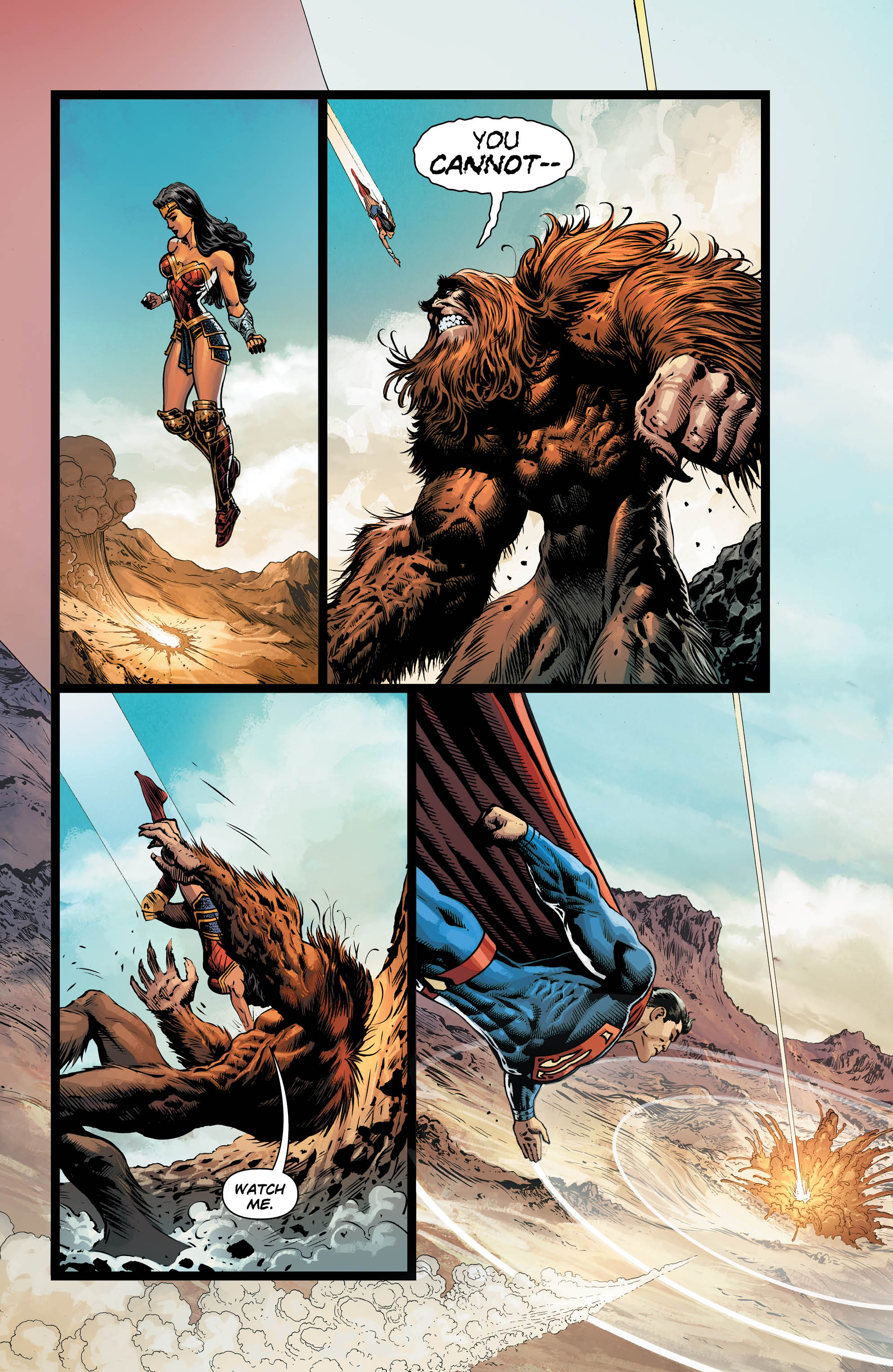
*Looks at solicitations, sees something about a brother*…uh oh…
Verdict: Buy
 The Flash #25
The Flash #25
Writer: Joshua Williamson
Artists: Carmine DiGiandomenico, Neil Googe, Ryan Sook
Colorist: Ivan Plascencia, Hi-Fi, Dave McCaig
Letterer: Steve Wands
For this week’s secondary review, The Flash seems a pretty good candidate as any, as it also comes out with its own oversized 25th issue. With it, Williamson and the trio of artists teaming up with him begin the “Running Scared” arc, which bounces off of Issue #24’s cliffhanger of Iris being kidnapped by the Reverse Flash and goading Barry into following him to where they first met: the 25th Century. From there, we’re treated to a new origin tale for Eobard Thawne – which frankly, is probably necessary at this point. For years now, we’ve seen Flash comics focus pretty heavily on Thawne’s impact on Barry’s life, particularly the murder of his mother; but because so much focus has been laid at the feet of that act, we rarely get a chance to delve deeper into why Thawne hates Barry so much.
Williamson’s script aims to provide that answer in this iteration, pitching him as a Flash fanboy betrayed in his own mind by his hero. He does this in clever fashion splitting some of the first half of the issue, giving Googe the chance to bring Barry’s first interaction with Thawne to life, where the 25th Century is a much brighter, more vibrant place. This portion of the story is told from Barry’s perspective only. To counterbalance that, Sook takes on the flashback that occur during his return trip in chasing down his opposite number, and this is presented from Thawne’s point of view, at least in terms of filling in the blanks that Barry was not aware of. In between all of this storytelling from our warring pairs is DiGiandomenico doing his usual energetic and exciting work.
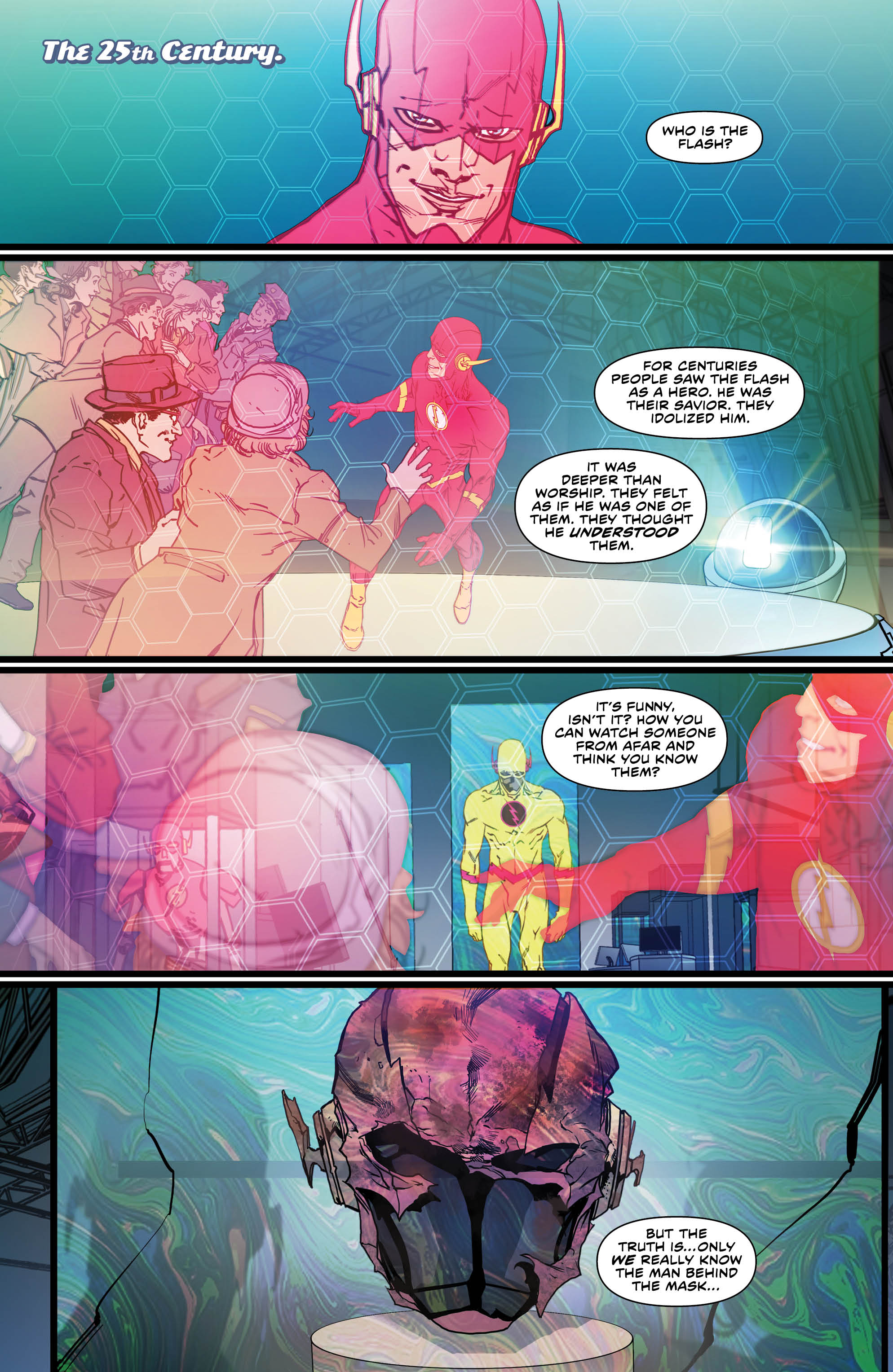
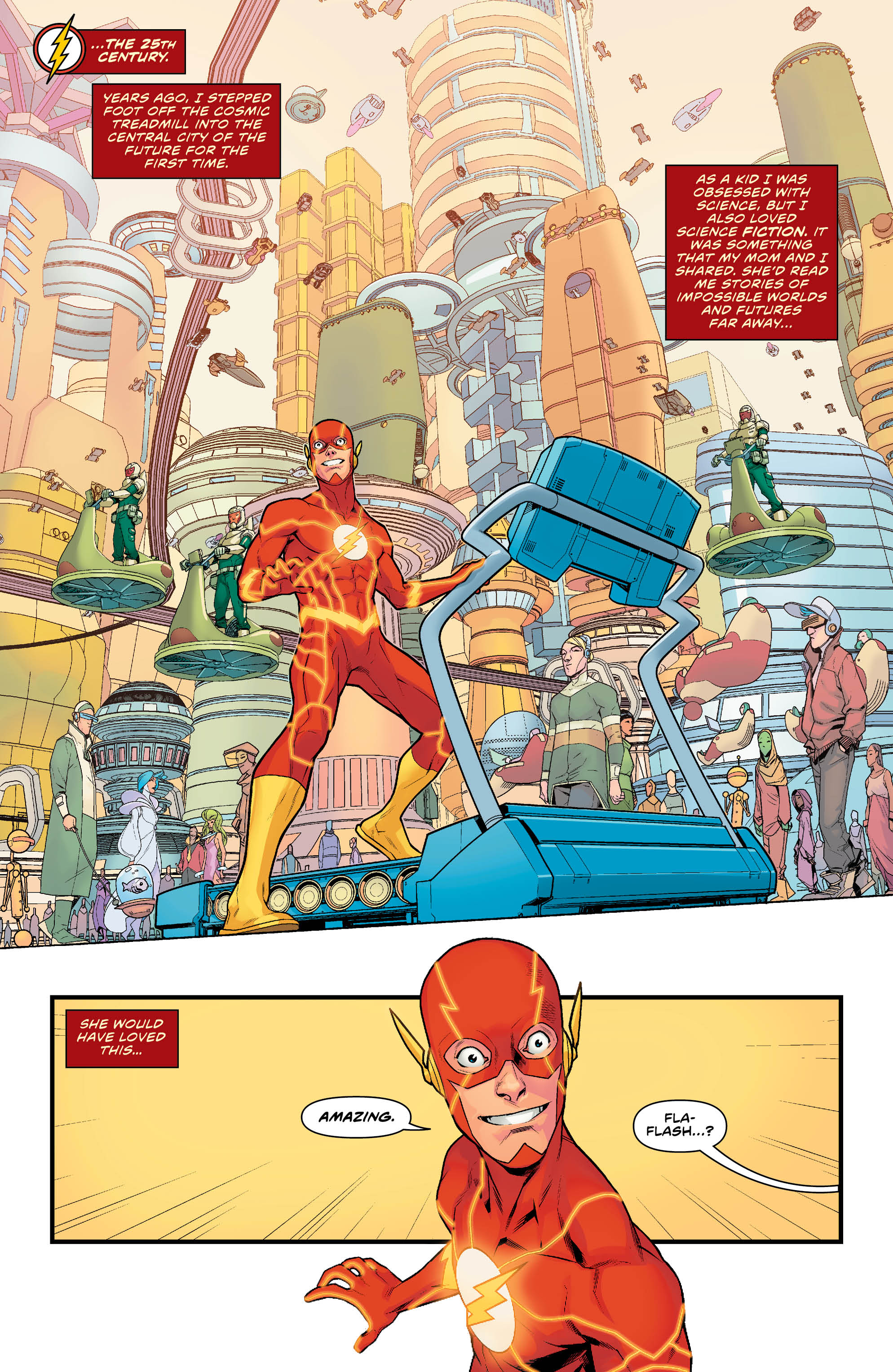
A good superhero comic making great use of a team of artists in ways that make sense. Something that’s actually more rare than I’d like to admit.
Verdict: Buy
 Round-Up
Round-Up
- On paper, Batman/Elmer Fudd #1 sounds like your worst nightmare of what these Looney Tunes crossovers should be: a fully grim take on that cast of characters that turns them all into humans (though more in the Chester Gould-mold admittedly) hanging out a dive bar in Gotham City. It sounds particularly unappealing after the fun romps of the previous weeks, specifically the Bugs Bunny/Legion comic and the Martian Manhunter/Marvin the Martian issue that did straighter takes on the material successfully. Thankfully Tom King and Lee Weeks are the creatives tasked with this effort, and it ends up being a good deal more enjoyable than I expected. As a matter of fact, it’s kind of a hoot. Weeks gives it a sort of Year One-esque sheen, and King approaches Fudd as a sympathetic character looking to get revenge on the man he thinks ended the life of his girlfriend, Silver St. Cloud. If you could imagine something like “The Hard Goodbye” starring Elmer Fudd, you might get the gist of it. I found it a little challenging to read his dialogue, which is one of those things that just works better in audio than in text, but I feel the same way about Etrigan, so don’t mind me. It’s a good time, and is probably the only one of these Looney Tunes crossovers that doesn’t feel like it’s stretching to meet its running time. Pick it up.
- Speaking of Batman, I sure do like this Batman/The Shadow crossover. I mean, I knew I likely would, given the talent involved, but I think the idea of tying The Shadow so explicitly into Batman’s origins, specifically his training, is really nifty. Given that Batman was so heavily inspired by the pulp icon, it’s a fitting development. This is also one of the few Joker stories I feel like I’ve enjoyed in some time. I’d like to see Orlando handle that character more, as I have feeling something special could be brewing there. Great week for the Caped Crusader, and I haven’t even had a chance to read Detective Comics yet.
- Teen Titans #9 gets the title back on track after the somewhat derailing Lazarus Contract crossover. Percy continues to have a great handling on Damian, and as a huge fan of Kaldur’ahm, I love that this new arc is focused is specifically on his parentage, and unique abilities. It started to lose me a tad with Beast Boy and Starfire, as I’m not sure Percy has done quite enough to establish her place on the team and her chemistry with the rest of the teammates, but with Black Manta creeping up along the margins, it’s definitely enough to have this Aquaman fan at attention.
- Only somewhat related to this week’s releases, thanks to the recent ComiXology sale, I now have more or less a full run of Astro City to read. I’ve had the first two trades for more than 10 years and never quite made the time to read them. But now I’ve got tons of it, and can’t wait to finally dig in. Hopefully I’ll get to this week’s issue sometime soon.
Miss any of our earlier reviews? Check out our full archive!


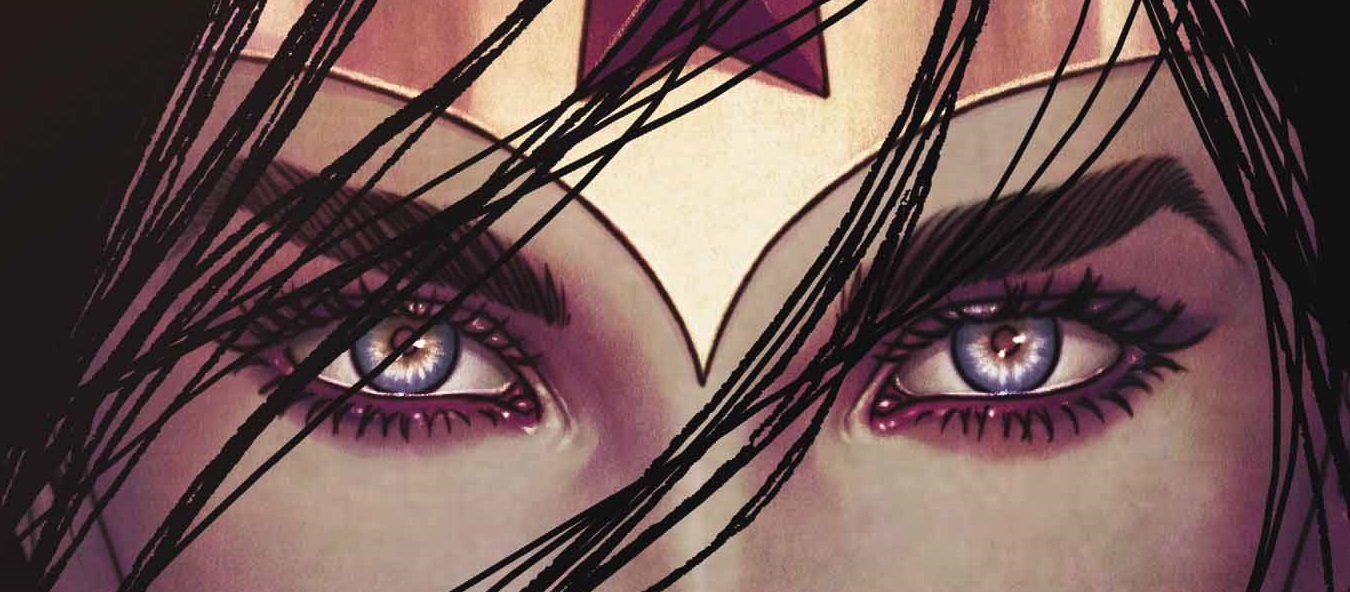
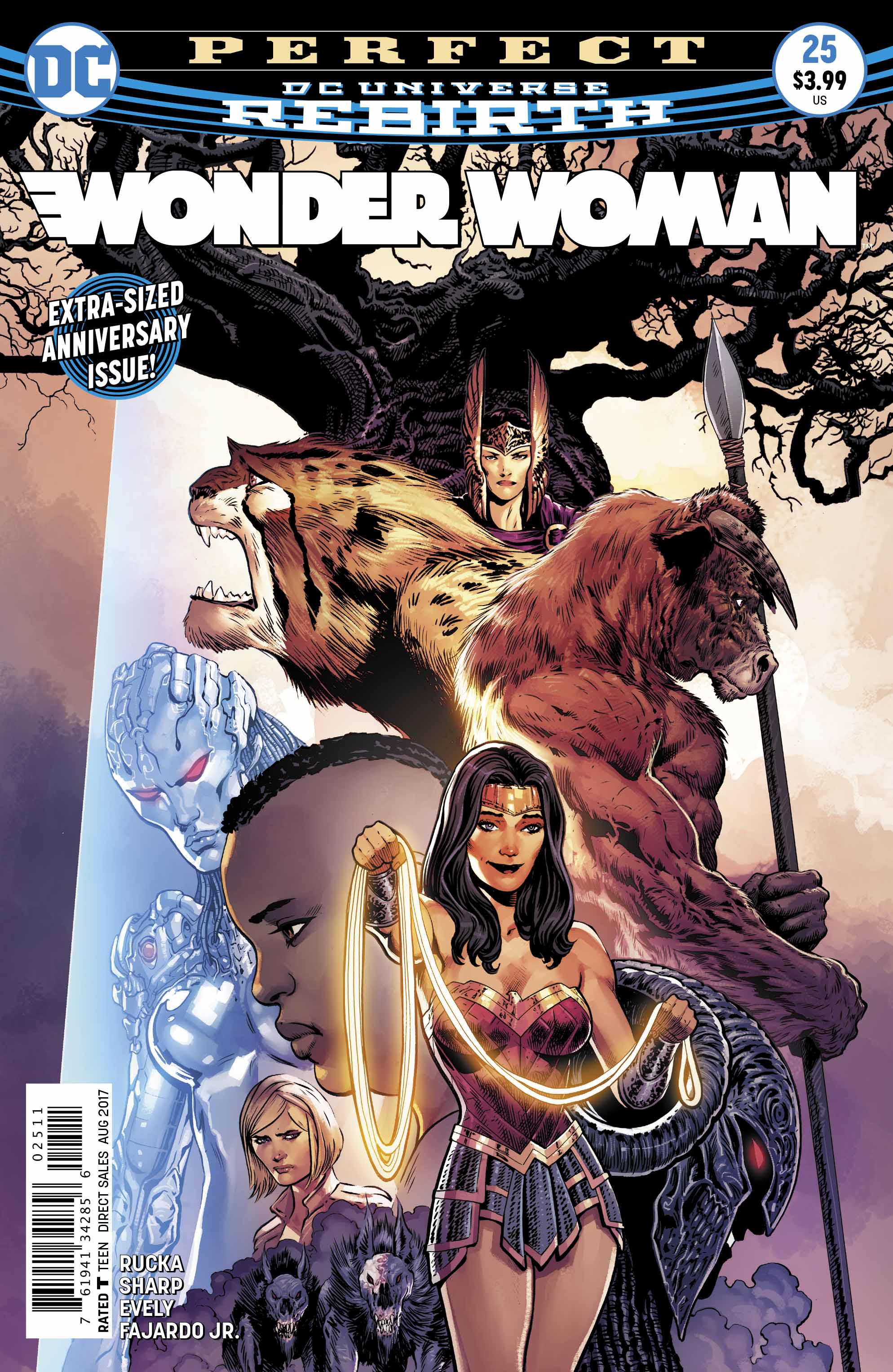 Wonder Woman #25
Wonder Woman #25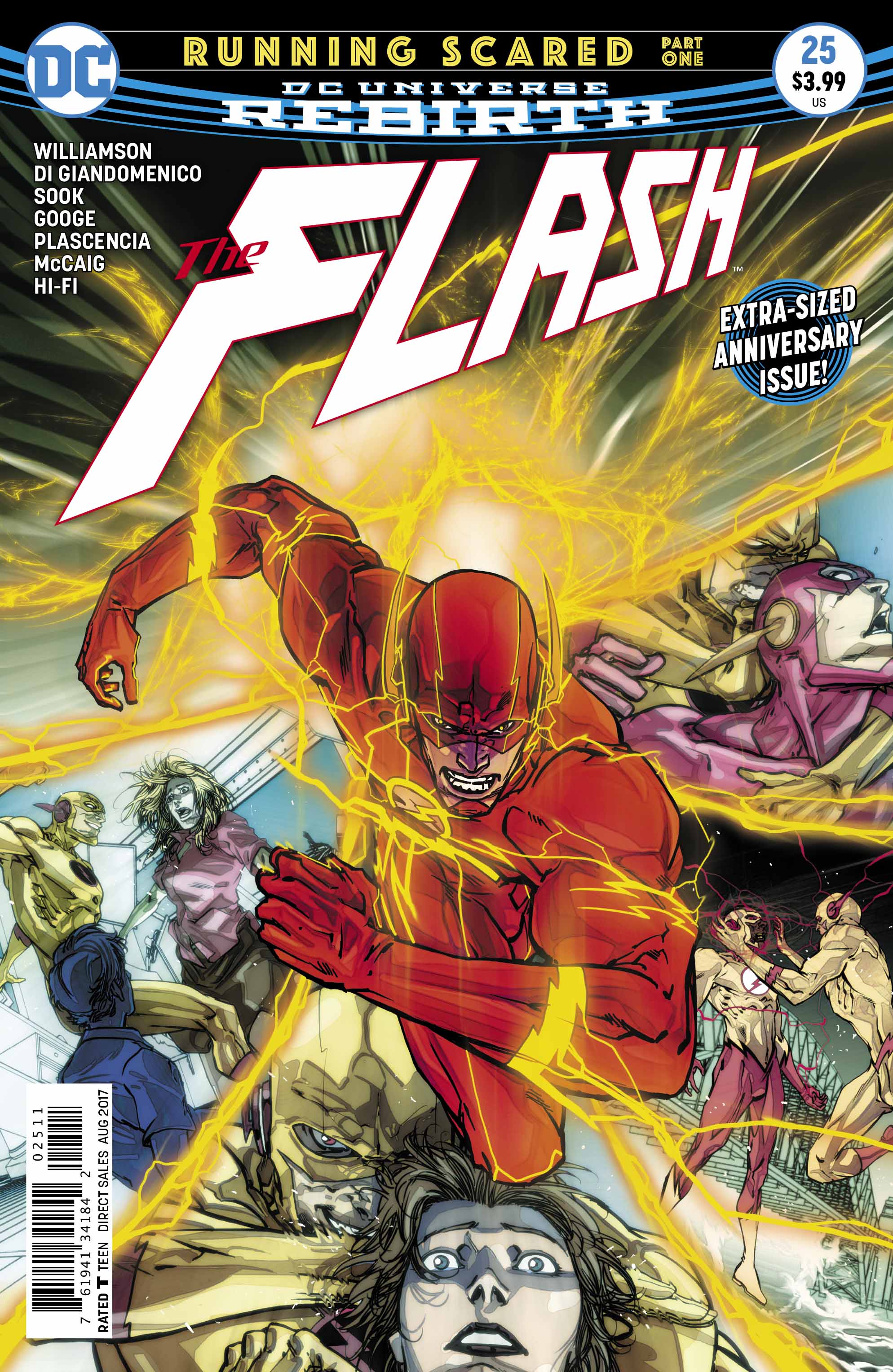 The Flash #25
The Flash #25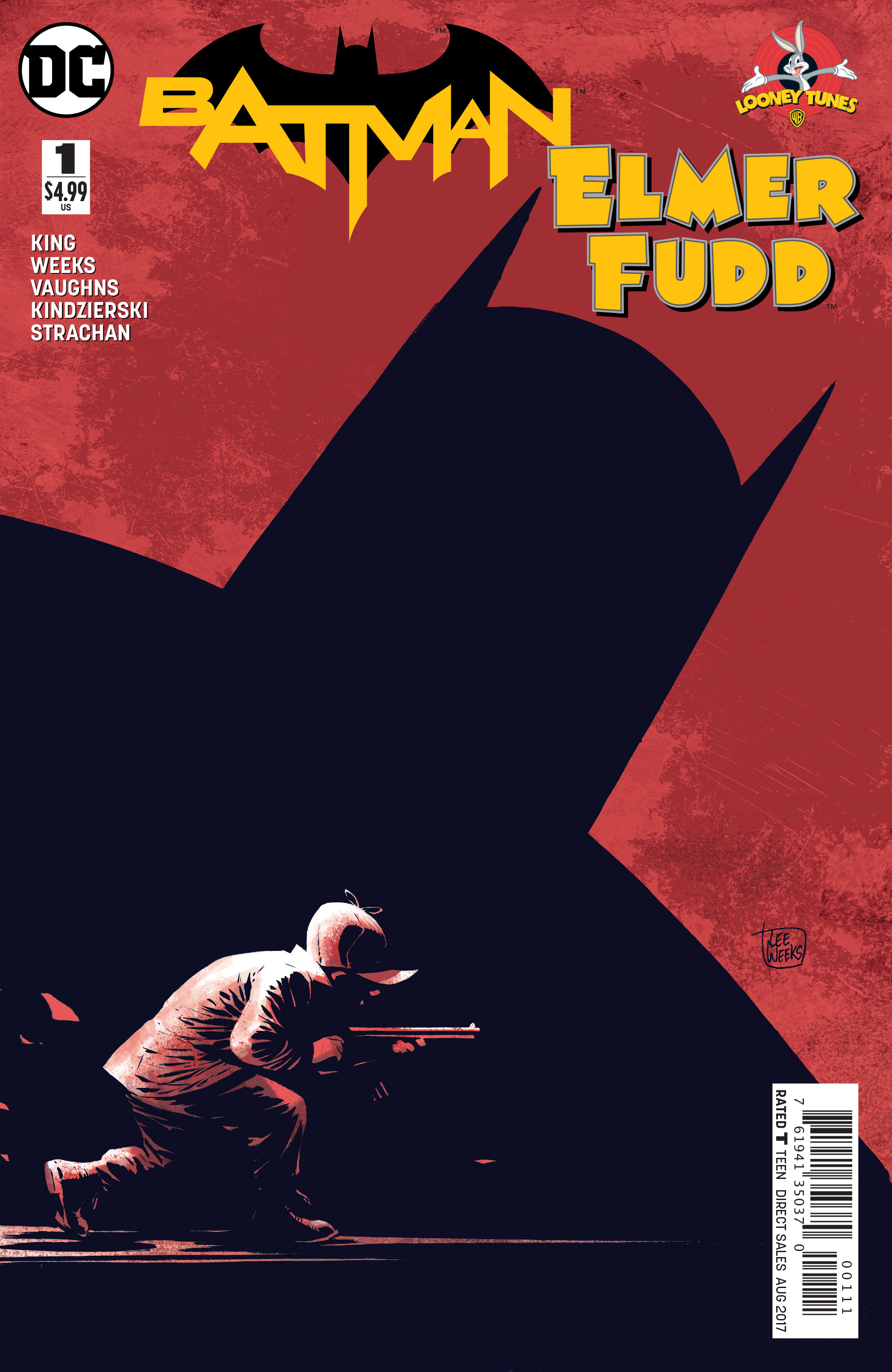 Round-Up
Round-Up
